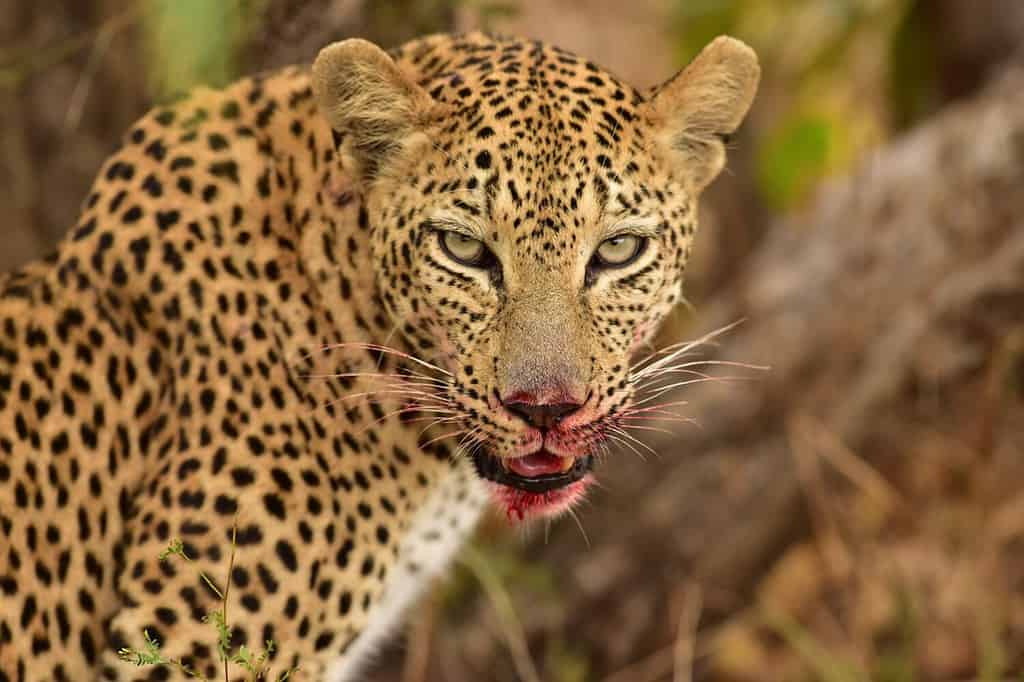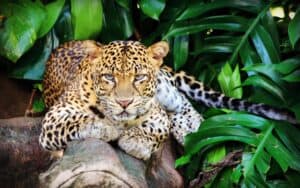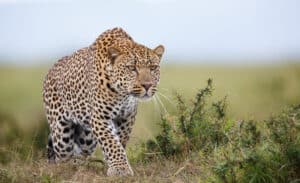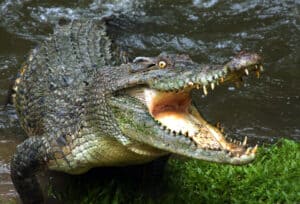Leopards are known for their sure-footed climbing abilities and agility, but the individual in this clip got far too carried away! It was chasing a monkey through some branches and forgot that it was a big cat and not a small primate. Both animals fling themselves from the heights of a tree. While the monkey grabs at overhanging branches with its forelimbs, the leopard realizes too late that it has no such ability! In the first clip, the leopard drops like a stone. In the second, it manages to grab the monkey on the way down. Perhaps the big cat had a soft landing plus a meal!
Watch the Acrobatics Now
How Do Leopards Normally Hunt?

©Sheri Lim/Shutterstock.com
Leopards are normally most active at dusk and dawn or at night and are usually alone. They hunt in a particular territory, which they mark with scents. What we see in this clip is highly unusual behavior. A leopard will normally hunt on the ground. Sometimes, they will flush arboreal prey (prey animals that live in trees) and will chase them on the ground. Very occasionally, they will hunt from trees.
Leopards use a stalk and ambush approach to hunting. They are also willing to take part in a short chase, but as the chase distance increases, the likelihood of success diminishes. Once it has been secured, the prey is killed with a bite to the throat or a crushing blow to the back of the neck.
How Confident Are Leopards in Trees?
Leopards move with great confidence in trees but not quite as confidently as a monkey! They climb extremely well, making the most of their special adaptations. Leopards have powerful forequarters and enlarged scapulas (shoulder blades), which help them gain lift. They also know how to coordinate the movement of their bodies’ front and rear so they can ascend and descend quickly. Leopards can even spring vertically!
However, these skills are not just used for the occasional hunting expedition at height. They use them to drag their carcasses into trees to keep them safe from other predators. They may also hide them in thick undergrowth.
Despite their climbing expertise, many leopards still lose their carcasses to other animals. Some studies have shown that two out of every three carcasses cached in trees are lost. Some may simply fall out of the tree, but others are taken by other predators who can also climb!
The photo featured at the top of this post is © iStock.com/lightstock
Thank you for reading! Have some feedback for us? Contact the AZ Animals editorial team.







